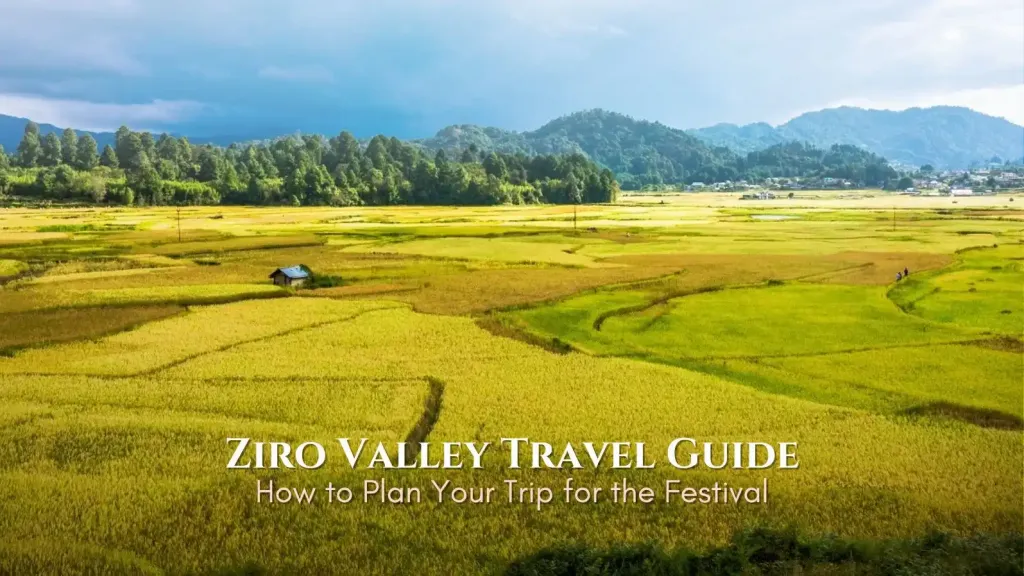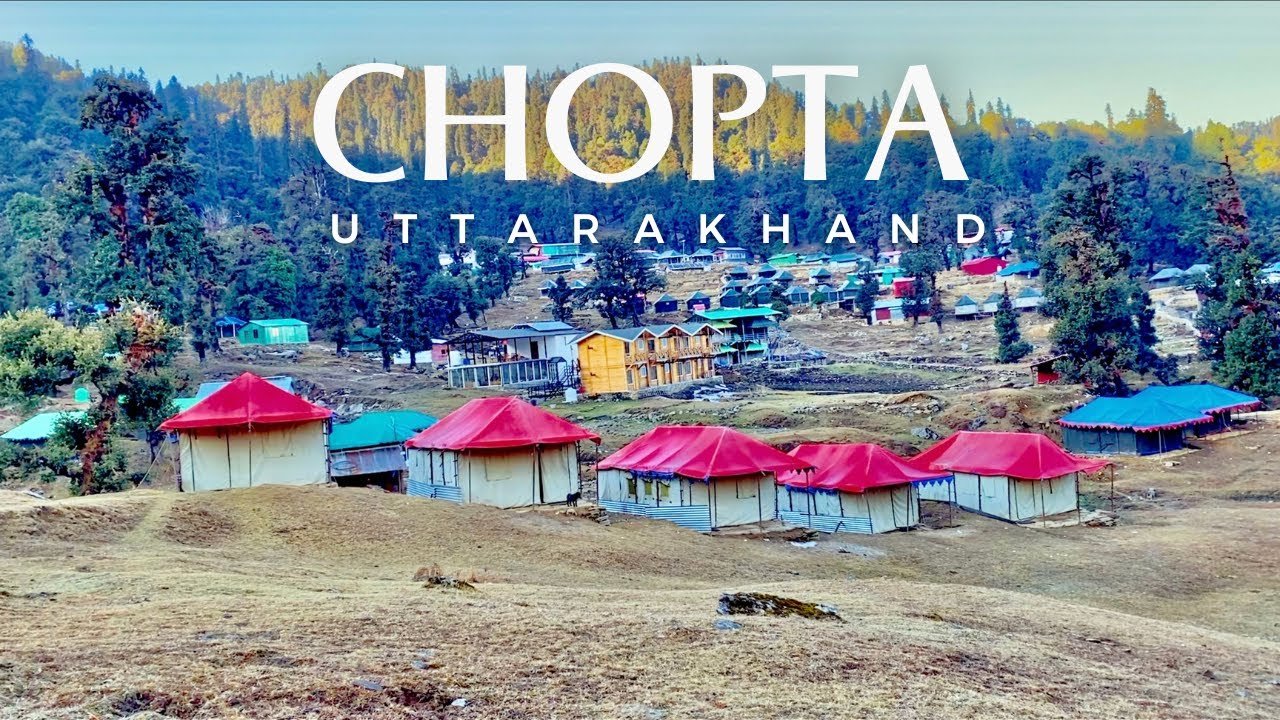Spirituality is the heart and spirit of this pilgrim trail starting from Guptkashi and terminating in Kedarnath, attracting thousands of devotees in reverence, one among the many revered Hindu pilgrimages. The other major aspect is an actual trek, with its grueling ordeals testing an individual’s endurance while rendering satisfaction on the way back. Providing details on distances, road descriptions, and travel tips for your trip was created to make it an enjoyable and problem-free experience.
The site is of great importance since it falls among the twelve Jyotirlingas. The temple is situated at the gorgeous peaks of the Himalaya, under the very numerous devotees who come there to achieve the grace of Lord Shiva. There are different means to go to Kedarnath walking, by pony, or by helicopter. All of these grant great experience in themselves. Planning travel with adequate diligence, taking adequate care of conservation, and strengthening the spiritual atmosphere will certainly guarantee safe pilgrim journeys.
Distance and Route Overview
The distance from Kedarnath to Guptkashi is about 50 km, and it includes the following stages:
- Guptkashi to Sonprayag – 30 km by road
- Sonprayag to Gaurikund – 5 km via shared jeep
- Gaurikund to Kedarnath – 16 km trek
This route that leads to the home of God is rich in beautiful landscapes; it has smooth-flowing rivers and green foliage, and offers the pilgrim such mesmerizing moments in itself.
The route that goes from Guptkashi to Kedarnath is more spiritual than just an adventure, with over 50 km of route divided into three sections. The first is a 30-km stretch by road from Guptkashi to Sonprayag, followed by a 5-km jeep ride on shared approved taxi services up to Gaurikund, and finally a downstream trek of 16 km to climb up to the Kedarnath Temple. Throughout the journey, travelers are greeted with magnificent vistas of river confluences peacefully flowing and sacred sites to visit and pray at, hence, the journey is equally rewarding as the destination. It is just moderately difficult, and ponies, palkis, and helicopters are provided for anyone who requires assistance.
Travel Options from Guptkashi to Kedarnath
- Guptkashi to Sonprayag (By Road)
- A 30 km road journey from Guptkashi to Sonprayag could take about 1-1.5 hours.
- There are a few options for transportation: private taxis, state buses, or shareable jeeps.
- The road condition is good, but it may suffer from congestion during peak pilgrim seasons.
- Sonprayag to Gaurikund (By Jeep)
- Beyond Sonprayag, one could find private vehicles.
- The last 5 km stretch is traversed by pilgrims using a shared jeep or taxi.
- The jeep fares are cheap, and they operate throughout the day.
- Gaurikund to Kedarnath (Trek)
- At 16 kilometers in length, the trek from Gaurikund to Kedarnath is a moderately difficult one.
- The resting stops include Jungle Chatti, Bheembali, Linchauli, and the Kedarnath Base Camp.
- Alternatively, palkis, ponies, and helicopters may be used if trekking is not an option.
- The total trekking duration may vary between 6 to 8 hours depending on the trekker’s speed, group size, altitude, and weather.
Winter comes with heavy snowfall in Kedarnath; therefore, between May to October is usually the best time to visit. Summers are good, while rainy months are really bad sometimes, with landslides. Autumn, that is, September to October, is another excellent period due to clear skies and splendid views. One should book their accommodation in advance, either in Guptkashi or Kedarnath. Carry essentials like warm clothes and trekking shoes, and enough cash. This part of the Himalayas is rather remote and is poor in resources.
Best Time to Visit Kedarnath
Summer (May-June):
- Ideal for travel with pleasant weather.
- The temple opens for devotees after six months of closure.
Monsoon (July-August):
- The risk of landslides and heavy rainfall makes the trek challenging.
Autumn (September-October):
- One of the best seasons to visit, with clear skies and scenic beauty.
Winter (November-April):
- The temple remains shut due to the heavy snow around.
- Pilgrims should make their visit to the winter abode of Kedarnath at Ukhimath.
Alternate Travel Options to Kedarnath
- Helicopter Services
- Helicopter services are available from Guptkashi, Phata, and Sersi.
- The flying time is about 10-15 minutes.
- Booking for helicopter services is recommended since they are in heavy demand.
- Ponies, Palkis, and Dolis
- Ponies and palkis (palanquins) are available at Gaurikund for a comfortable journey.
- Prices vary based on demand and season.
- Trekking on Foot
- The actual way to get to Kedarnath is by turning some of its aspects into traditional aspects that shall maintain its ultimate form.
- These include sprinkling some food stalls, primary medical aid points, and resting points for a leisurely and pleasant trek.
Helicopter services for alternative travel options usually leave from Guptkashi, Phata, and Sersi, with the travel reduced to a maximum of 10-15 minutes flying time. Ponies and palkis can also be hired at Gaurikund for climbing comfortably. While the pathway of the pilgrimage is lined with food stalls, medical aids, and rest places, the journey certainly becomes much more comfortable for the pilgrim. The important places along this route are: Guptkashi, wherein lies the Vishwanath Temple; Sonprayag, literally meaning “joining of two rivers, Mandakini and Basuki”; and Gaurikund, the sanctified place of heavenly endowment, the story related to Goddess Parvati.
Key Places Along the Route
- Guptkashi
- This town, on June 30, 2013, was struck with the utmost adversity when tens of thousands of revered shrines in the Kedarnath were battered by “Himalayan Tsunami.”
- Sonprayag
- At the holy juncture of the Mandakini and Byas rivers, pilgrims took their rite-laden bathe here before proceeding towards their journey.
- Gaurikund
- Basecamp reportedly for the Kedarnath trek.
- It houses the Gauri temple dedicated to the Goddess Parvati.
- Kedarnath Temple
- One among the twelve Jyotirlingas and an essential element of the Char Dham pilgrimage.
- A scenic setting, dotted with lofty Himalayan heights.
Essential Travel Tips
- Start early to get past the traffic and reach your destination on time.
- Carry valid ID proof as required at multiple checkpoints.
- Book accommodations in Guptkashi or Kedarnath in advance to save yourself from last-minute hassles.
- Wear comfortable trekking shoes with warm clothing.
- Cash will be enough; ATMs are few in far-off locations.
- Hydrate yourself and carry energy bars for the trek.
- Obey the government guidelines and temple instructions to avoid any hassle in the pilgrimage.
Accommodation Options
Guptkashi
- Provides budget hotels, dharamshalas, and luxury resorts.
Sonprayag & Gaurikund
- Accommodation is limited. Majorly, lodges and guesthouses are the rest.
Kedarnath
- The GMVN guesthouse and basic lodges are to be found right around the temple,
- with tent accommodations that come customized for different unique settlements in the area.
Conclusion
This trip from Guptkashi to Kedarnath is, indeed, celestial. There is a lot of spirituality and adventure that one can feel here. Trekking, pony rides, or even helicopter rides lead to the divine presence before the Kedarnath Temple, of Lord Shiva. Therefore, plan well and know the route along with these travel tips to make your pilgrimage a comfortable yet treasured one in Kedarnath.
Also Read: Ayodhya Ram Mandir Darshan Booking


